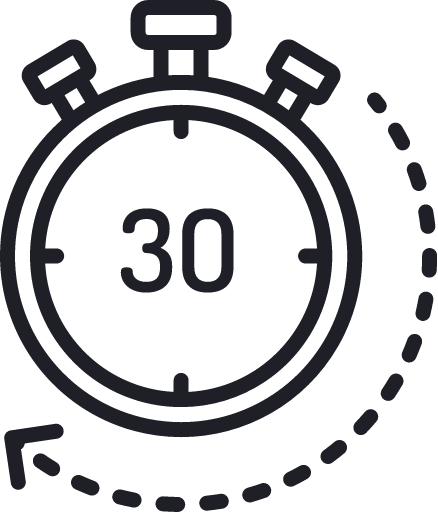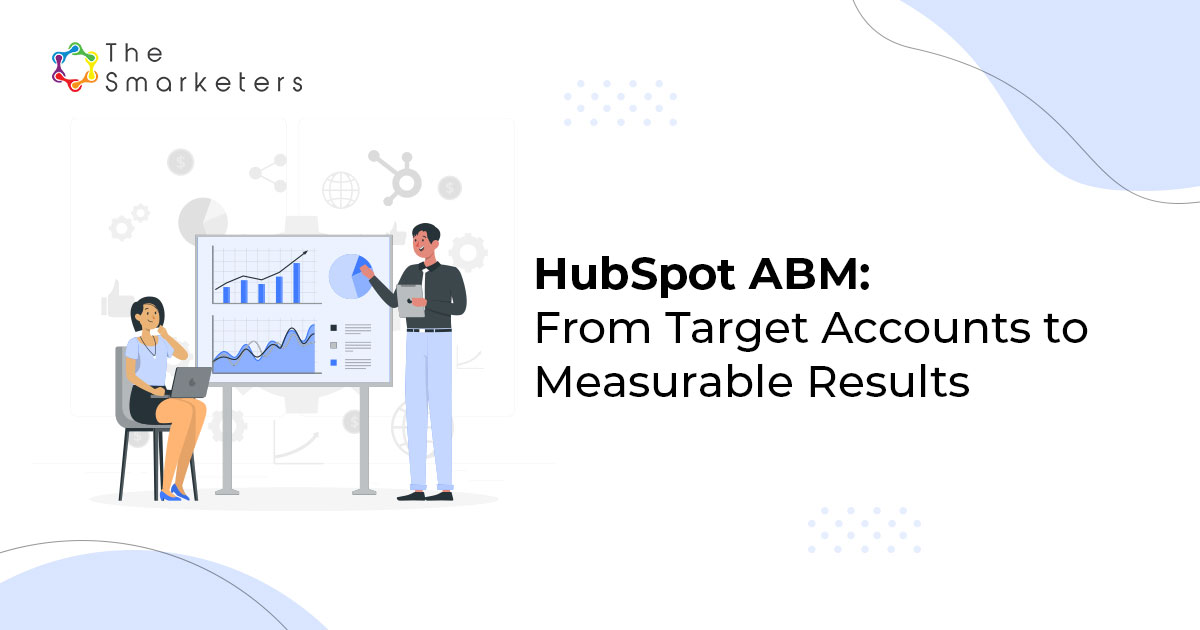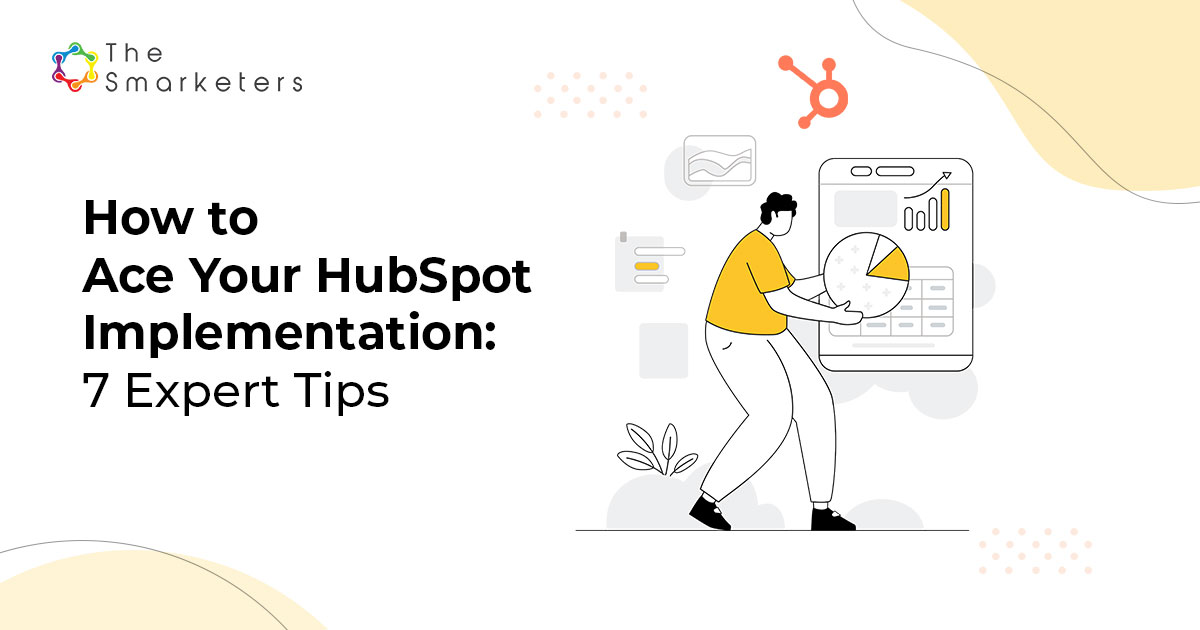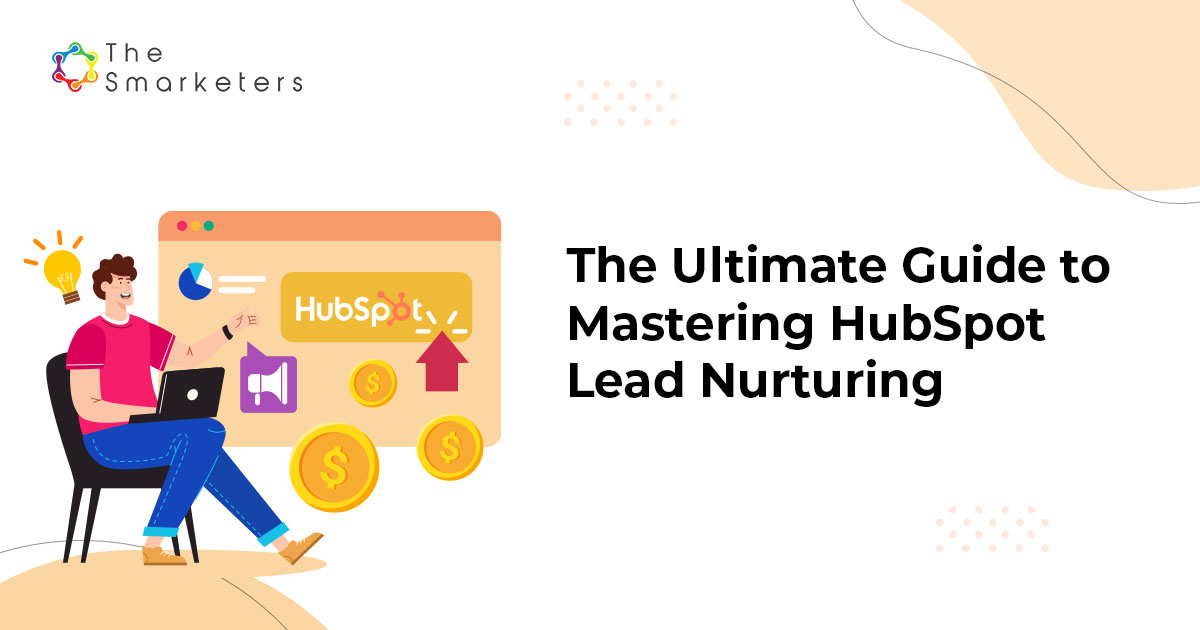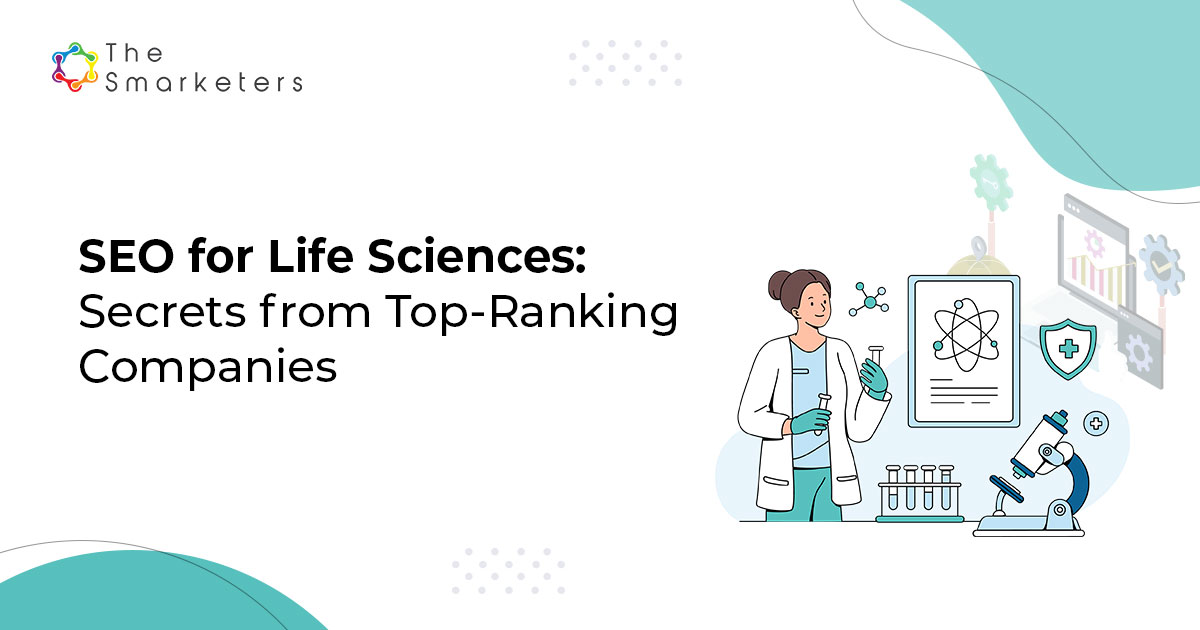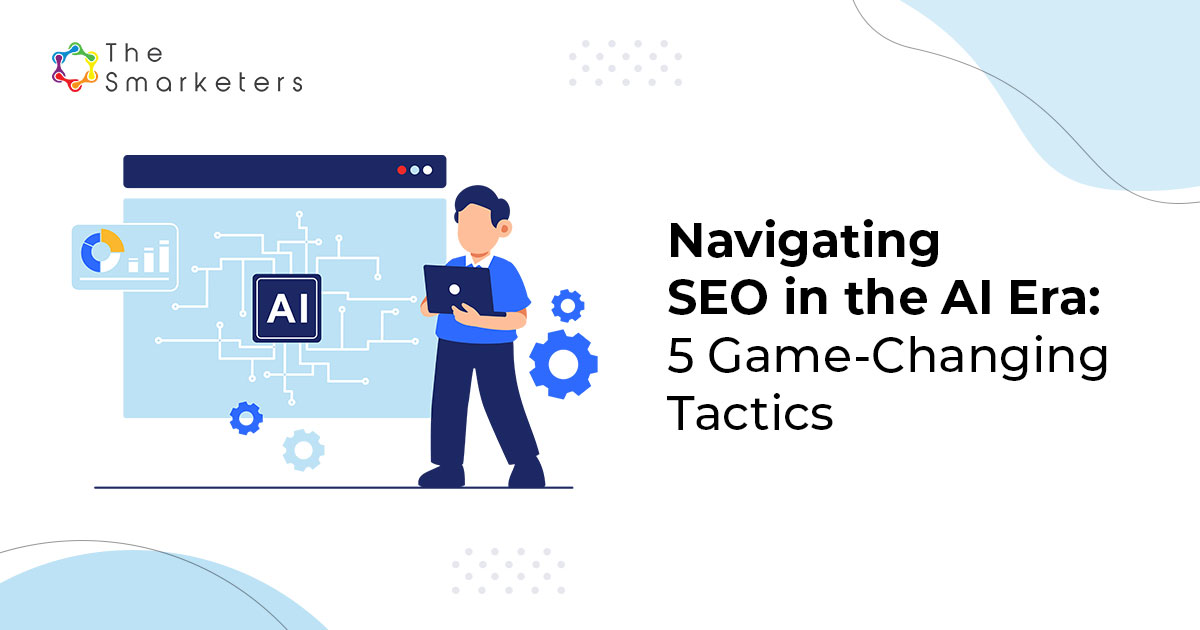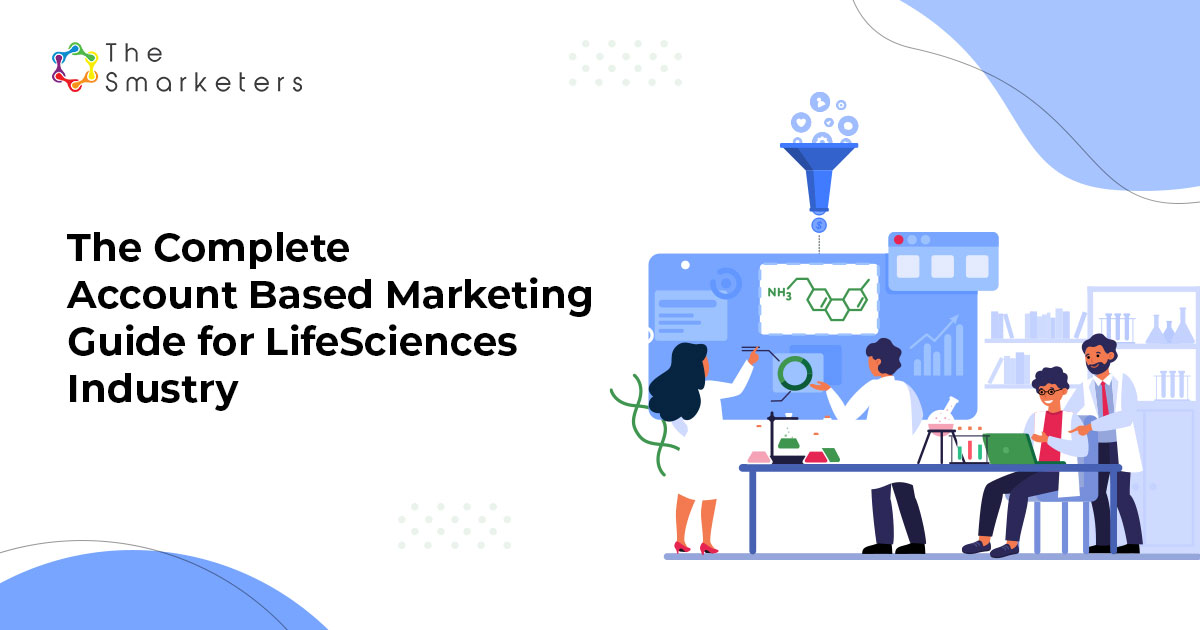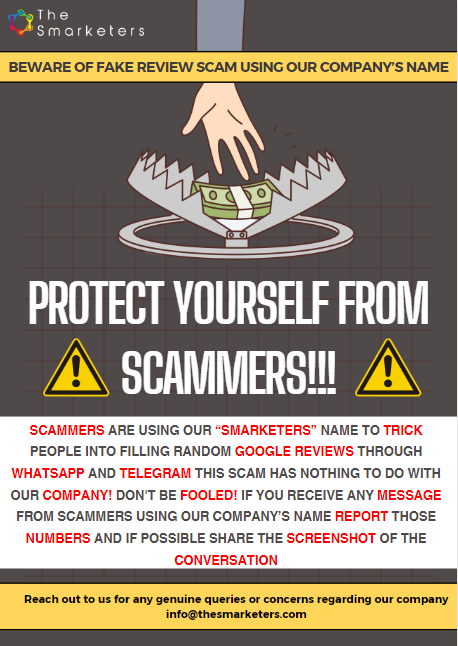Table of Contents:
- What is Gap Selling?
- How Does Gap Selling Improve Sales Enablement?
- How is It Different from Other Sales Methodologies?
- Things to Consider While Using Gap Selling Methodology
- How to Implement Gap Selling For Effective Sales Enablement?
- Is gap selling methodology Suitable for Your Team?
Ever since sales enablement became a mainstream practice in 2019, more brands are incorporating it into their sales strategies. (1) It plays a crucial role in the context of gap selling – you focus on providing the necessary training, information technology, and other tools to the sales team for managing better conversions.
Gap selling has quickly gained popularity among B2B marketers owing to its unique problem-solving approach for better sales.
What is Gap Selling?
It is a sales methodology that helps the sellers understand the scope of the prospect’s pain points and work towards them to fill the gap between their current and ideal future state.
Put simply, gap selling builds bridges between the prospect’s current, future, and ideal outcome.
Although gap selling seems straightforward, it takes dedication and commitment to ensure the desired results. It pushes sales reps out of their comfort zone – they must give up their usual selling habits and embrace a more problem-focused approach to buyer interaction.
How Does Gap Selling Improve Sales Enablement?
While sales enablement empowers your sales teams by handing them the right tools, information, and tactics to perform better (much like archers with targets), a gap-selling strategy directs them toward a more practical approach. It helps sales executives to use different measures to resolve their prospects’ issues.
Gap selling transforms the hard-selling approach – instead of merely pushing a product to the target customer, it ensures that the sales teams can add value to the customer’s buying journey. So while sales enablement can help you build an efficient sales team, gap selling changes the ways of customer-brand interaction.
Essentially, gap selling amplifies the impact of sales enablement by empowering your sales team with the right knowledge and tools to become impactful problem solvers.
When a salesperson offers the best-suited solution for a prospect/customer’s problem, they leave a lasting impact. Modern customers are always looking for innovative solutions that can add value to their businesses. While numerous sales reps can offer good products, only a few sales teams are trained to be problem solvers.
How is it Different From Other Sales Methodologies?
Gap selling teaches a sales rep how to be problem-centric. It doesn’t require pitching the prospect about the service or product. Instead, a gap strategy is an effort to identify the trustworthy source, the cost required to solve the problem, and the work needed to find the right solution to fill the gap.
To help you understand better, let us explain by using an example of a point provided in the Harvard Biz Review, written by Challenger Sale Authors.
The traditional sales methodology trains sales representatives with a solution based on specific customer needs and why it is better than the competitor’s product or service. This training is rooted in the idea that the customer has a particular need (the source of their challenge), and when the seller identifies this need, they can make the sale (conversion).
But this approach has an inherent problem – buyers may not always recognize their problem and may have rarely evaluated it in terms of future outcomes. This lack of understanding often leads them to invest in inadequate services that don’t deliver the desired results.
When a salesperson works based on product selling, where they create an environment to compare the features depending on the need instead of the delivery of outcome, nobody (client and salesperson) will win.
In gap selling, the entire sales enablement strategy focuses on a problem-centric instead of a product-centric approach. This value-selling method makes the salesperson a trustworthy expert who can help buyers identify and solve their challenges.
There are three pieces for any gap selling framework: the current State, the potential future State, and the Gap itself.
Below is an illustration that explains the framework of this methodology.
- Current state
As the name implies, it shows the present situation. Here, the sellers can focus on determining the business environment, challenges, and issues that a prospect is dealing with and their impact on the business, including their emotional state.
Sellers must understand that gap selling dwells deep into the process of discovering. So, they must go beyond the fundamental issues to uncover the root cause of the problem.
Some questions to ask during the discovery process are –
- What is the physical and literal environment of a prospect’s current state?
- How is the customer’s current state affecting them emotionally?
- What problems are the prospect facing?
- Does it impact any problems within their organization?
- Future state
It represents the potential or ideal outcome. Once an adequate amount of information is gathered about the prospect’s current state, you can start analyzing the future state. You should understand where the prospect’s company will stand (in terms of business growth) once you solve the problem.
The questions vital in this stage include –
- What kind of environment (physical and literal) does the prospect want to create?
- How does it impact the problem in the future state?
- What solutions can help with the future state?
Answering these key questions helps sellers understand what happens in the desired future state. Often, it also includes helping the customers define their ideal outcome to evaluate the possible solutions for their challenges.
- Gap
It represents the difference between the current and future frameworks. Here, the goal is to determine the difference between the current and future states. It also determines if the gap is wide enough to invest in a specific service or product.
The questions to ask in this stage include –
- What would the investment be in terms of money, time, and effort?
- Are the investments worth it?
Generally, the more significant the gap, the easier it is for value selling to create a tangible change.
According to Keenan, the information discovery must be completed within the first 25% (quarter) of the sales cycle. The reason is that without this data, your sales teams cannot identify the buyer’s goal, challenges, or aspects influencing their future decisions. As this results in a lack of influence, you cannot develop urgency in decision-making.
Things to Consider While Using Gap Selling Methodology
In gap selling, sales reps must create a questionnaire based on the situation at hand – the client they are dealing with, their needs, problems, and goals.
Here are some pointers to keep in mind while analyzing the questions you must ask –
- Facts
- Impact
- Problem
- Root causes
- Emotion
- Future State
- Solutions
How to Implement Gap Selling for Effective Sales Enablement?
To successfully implement gap selling, sellers must have in-depth knowledge of their product, how it can solve present problems in the industry, and its business potential among top tech companies.
Before adopting gap selling, you must consider the following things –
Business understanding: Implementing gap selling means that sales teams are well-trained in learning about customer industries, understanding their business growth, and estimating emerging problems. The goal is to become problem-solvers instead of run-of-the-mill salespeople.
Constant learning: It is the secret to delivering stellar customer experiences in sync with evolving customer and industry needs. Sales teams should focus on staying updated with the latest industry trends and developments surrounding their solution. By combining gap selling strategy with sales enablement, teams will know that the product is not the primary focus – the real value lies in the problems it can solve.
Listening: Active listening is crucial for connecting with the customer. Sales reps should train themselves to listen more than talk. It will help them absorb customers’ points and earn their trust.
Empathy: It is not always about the number. At least not, ideally. According to the gap strategy, your achievement rate can gradually slow down if you focus on what you must do. Empathizing with prospects’ problems and struggles helps sales reps look at the situation from the customer’s POV and determine the right solution faster.
Questioning attitude: Sales executives should be prepared to ask as many questions as needed to understand the customer’s current state and actual needs. In sales enablement, they learn about what their product does, but in gap selling, they enhance the selling strategy to see where the product fits in the target customer’s problem.
Problem-solving: Transfer your focus from listing out the features of your product. Instead, shift it to their problem and the right solution for it.
Is Gap Selling Methodology Suitable for Your Team?
By now, you must be wondering if a gap selling–sales enablement strategy is the right choice for your organization.
Answering this question requires a deep understanding of the business in question. While gap selling involves curious questioning, it also requires sales teams to spend 25% of the sales cycle on learning the prospect’s current and future state. Thus, the discovery process is usually an extended part of the problem-solving process.
However, spending so much time on discovery alone is not a practical solution for all businesses. For transaction sales (household goods), prospects may not want to spend time answering questions – they want instant solutions to their challenges. So, this approach is not a suitable choice for retail and transactional sales.
But for B2B organizations – especially those offering custom solutions – gap selling can get excellent results.
Organizations that can benefit from gap selling are –
- Payroll processing and workflow automation
- Commercial Insurance
- Project management software
- IT services
When you offer services or products that do not come with a standard solution, gap-selling sales enablement practices are the right choice. You must also remember that since there isn’t a pre-written script for the sales team to follow, you’ll have to give them proper sales training to create the right foundation for gap selling.
We hope this helps!
If you wish to drill down into the nitty gritty of gap selling, demand-gen, inbound, and ABM, book a free consultation with an expert Smarketer today!


